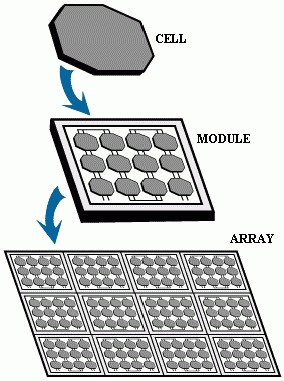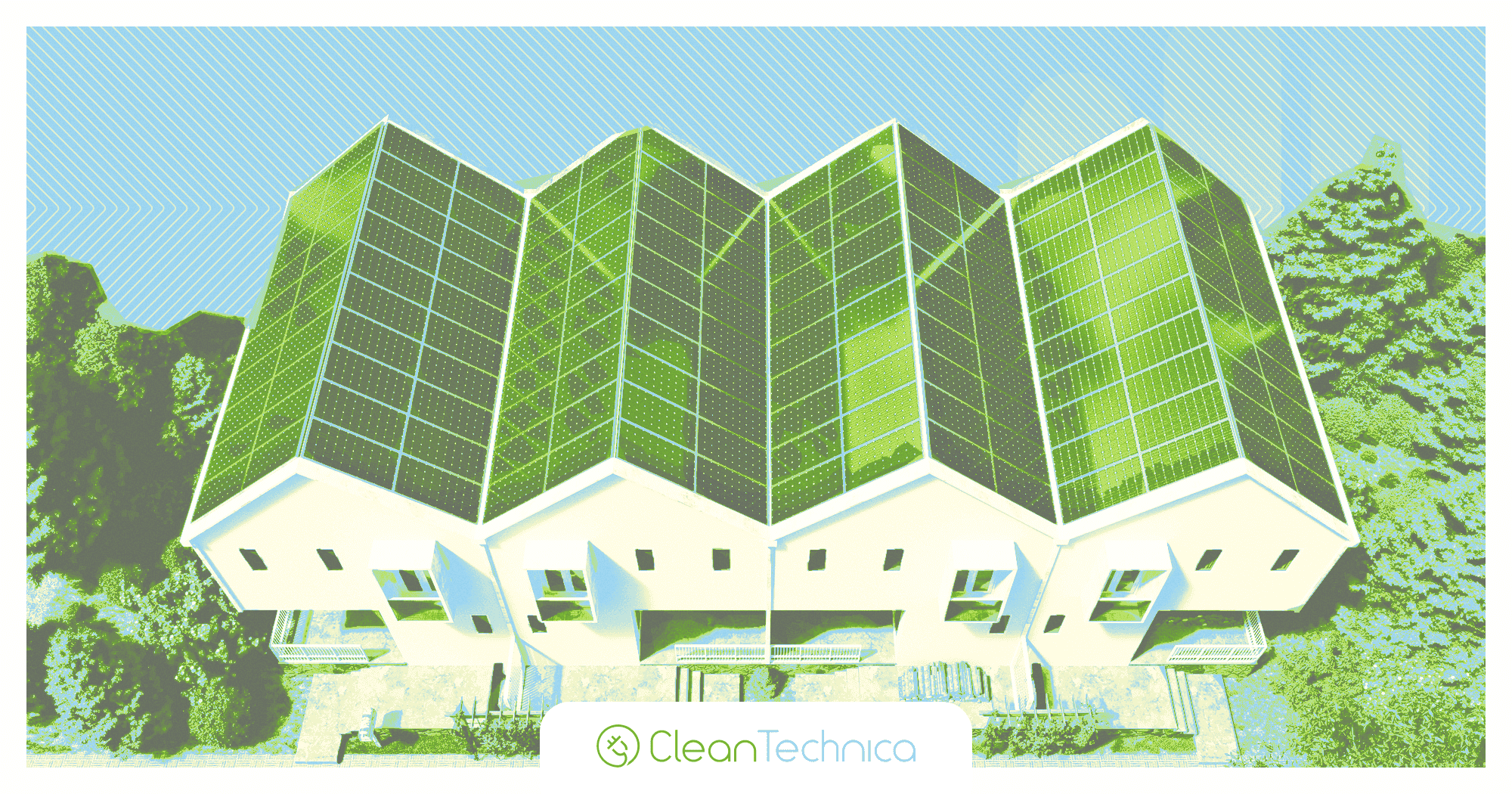How Solar Power Works | What is Solar Power?
Solar power seems like the answer to everything, doesn’t it? Solar is cheap, clean, and sustainable — but, like, what’s it all about? In this series, we’re going to explain it to you.
See, out there in space, some 93 million miles away, there is a giant, nuclear explosion that’s been burning for billions of years, blasting light and energy in every direction — and a whole lot of that energy reaches us here, on Earth. Like, a whole lot. So much, you guys — like, enough to have fed all the plants and animals on the planet billions of times over… and it’s not going to run out any time soon. What’s more, we can harness that energy. When the sun shines, we can turn that sunshine into cheap, clean electricity, and store it in batteries for later, when the sun isn’t shining.
All of which kind of begs the question: why aren’t we doing that?
LET’S START AT THE BEGINNING
We can sit here and talk about the various conspiracies and machinations and special interests and generally bad people who are “holding back” the notion that solar power can be a mainstream energy source literally all day — and we will.
Before we do that, though, we should make sure that we all understand what we mean by “solar power” as it exists today. So, let’s talk about what solar power is, and how it works.
DEFINITIONS
In the broadest sense, solar power is the energy that comes from the sun, and can refer to either the heat or light energy we get from the sun, or– sometimes– both the heat and light energy.
For the most part, though, when we think of “solar power” from a clean tech perspective, we tend to think of technology that converts sunlight into electricity. This usually takes the shape of solar “panels” which are made up of a number of photovoltaic “cells” that convert the energy from that light into electricity.

To understand how that conversion happens, we can look to the word itself: photovoltaic. “Photo” comes from the Greek word for light, which is where “photon,” the same given to a single particle of light. “Voltaic,” meanwhile, comes from “volt,” the SI unit of electrical force first described by Alessandro Volta, who the unit is named for. To say that something is photovoltaic, then, is to say that that thing turns light (a photon) into electricity (voltage).
That “photovoltaic” or “photoelectric effect” happens on an atomic level. That means that when a super-tiny photon hits an atom in just the right way, the atom absorbs a photon and releases (or, “sheds”) an electron. The movement of electrons is— you guessed it!— electricity.
FunFact: The photoelectric effect was first observed by a French physicist you’ve probably never heard of named Edmund Bequerel in 1839. He found that certain materials would produce small amounts of electricity when exposed to sunlight. Then, in 1905, a guy you probably have heard of named Albert Einstein described this photoelectric property of light. It was this work, and not his famous Theory of Relativity and its elegant E = mc² solution, that eventually earned him a Nobel Prize in physics in 1921. At 26.
All solar panels use this photovoltaic — or, “PV” — effect to turn sunlight into electricity. But, since we’re talking about atoms and photons and other tiny things here, you might think that the amount of electricity being generated using the PV effect is similarly tiny … and you’d be right!
Individual PV cells are usually small, and typically generate only about 1 or 2 watts of electricity. Not even enough to power a lightbulb (!). In order to generate enough electricity to be useful, a number of cells are connected together in chains to form larger units known as modules, and these modules can themselves be chained together and assembled into even bigger “arrays.” Those arrays are then installed into panels that can be placed outside in the sun to start producing electricity. When we talk about solar panels, then, that’s what you’re talking about: a panel that holds lots and lots of PV cells.
A BIT MORE DETAIL
Now that you have a basic understanding of what solar power is and the physical processes (the “physics”) of how it works, you might think it’s time to start putting solar panels everywhere — and, while you’re probably right, there’s a bit more that you need to know in order to intelligently discuss some of the real-world issues facing a more widespread implementation of solar power. The most material among these issues is, fittingly, materials.
SILICON & SOLAR CELLS

Silicon is the undisputed market leader when it comes to commercial and residential solar power, rarely dipping below 90% of the overall PV market share (above). It’s one of the most abundant elements on Earth, too, and because it’s basically “sand,” it can be found just about anywhere, and on every continent. It’s cheap and easy to get, but you’ve probably noticed that you can’t just plug a USB cable into the beach on a sunny day and charge your phone. That’s because silicon-based PV cells aren’t made from ordinary silicon.
Instead, PV cells are made from crystalline silicon. That’s silicon that’s been chemically treated and processed so that it reforms into a crystal. There’s a few different ways to make this happen, but once it’s done, the next step is to cut the crystal into super-thin slices called “wafers.” From there, the two sides of the wafer are treated so that electricity can only flow in one direction. That makes the wafer act like a “diode” (remember that word, it’ll come up again later), which controls the flow of the free electrons.
Remember: that flow of electrons is electricity, and the ability to direct that electricity into light bulbs or electric motors or batteries is what makes solar power useful to humans. PV materials like silicon are always absorbing photons and releasing electrons— solar power technology harnesses those electrons, and puts them to work for us.
NEXT UP
Now that you’ve learned about how light creates electricity by causing atoms to shed electrons as they absorb sunlight, and how the manufacturing of PV cells from crystalized silicon helps to capture and control the movement (or , the “flow”) of electrons, it’s probably safe to say that you know just enough about how solar power works to get yourself in trouble. But don’t worry, we’re going to keep you out of trouble by continuing your solar education in the next part of our CleanTechnica Guide to Solar Power: HOW SOLAR POWER WORKS | EARLY HISTORY OF SOLAR.
Original content from CleanTechnica.
Have a tip for CleanTechnica? Want to advertise? Want to suggest a guest for our CleanTech Talk podcast? Contact us here.
Sign up for our daily newsletter for 15 new cleantech stories a day. Or sign up for our weekly one if daily is too frequent.
CleanTechnica uses affiliate links. See our policy here.
CleanTechnica's Comment Policy

